
A group of boys were interested in repeatedly building long, vertical structures on both large and small scales, using any materials that they could connect. We gradually noticed that some of them were using language like ‘rocket’ and ‘blast off’ during their construction accompanied by actions such as moving the structures upwards or jumping off wooden blocks. We realised that there was a common and strong interest in exploring rockets, space, motion and height.
SHARED INTEREST
We believe an in-depth knowledge of children’s prior experiences and cultural capital is crucial for understanding children’s interests and planning effectively. Involving parents and finding out what children are doing at home is also important for developing projects.
We had been aware of Alex and Nicholas’s fascination with the solar system and rockets from home visits that we conducted before they started nursery. Their families originate from Romania and are friends. Nicholas likes to watch rocket videos on YouTube and has a treasured plastic rocket. Alex would ask to look at books about space or watch videos of rockets with his family worker when settling in.
Nicholas’s play tended to focus on speed, movement and forces, which we linked to his interest in space. Alex’s interest in building representative rocket structures using small blocks was clearer.
Over time, the boys began to collaborate and share their expertise to discover more. They used the large blocks and smaller construction sets to build elaborate ‘rockets’, and the planning, designing and construction of these became increasingly detailed.
Nicholas’s interest in forces began to feature too, as he considered what parts of a rocket create the forces necessary to make them work. Their constructions provided a stimulus for imaginative role-play, and they began to explore their constructions by jumping off big blocks or moving their smaller models in ways that mimicked the trajectory of a rocket.
We identified that Luis, who also has Romanian heritage, was involved in this play too. On one occasion, the three boys worked together to build a large rocket out of wooden blocks and added registration plates. When it was complete they stood back, counted down from ten, yelled ‘blast off!’ and ran into the rocket, making it crash.
BIGGER AND BIGGER
As the boys’ passion for rockets grew, others became interested, with up to ten children involved over a number of weeks and more ‘dipping in’. We realised the importance of providing construction resources that would enable them to explore upward movements similar to a rocket taking off.
The rocket structures became bigger and bigger, so we provided step ladders to help the children with their constructions. The step ladders not only enabled children to increase the height of structures but also let them explore feeling higher up and acted as a platform for jumping off.
From speaking to parents, we found that one child was getting a telescope for Christmas and liked watching the NASA live stream at home. Another enjoyed playing a PlayStation space game with her dad while others had visited the National Space Centre in Leicester.
We used this information and our observations to plan more activities that incorporated a space or rocket theme, including introducing sensory ‘moon dough’ in trays for the children to walk in and linking the theme to story books, with a favourite being Whatever Next! by Jill Murphy. After reading the story, some children acted it out using a cot from the home corner instead of a box, a colander for a space helmet like the bear in the story, and wellies for space boots.
ON THE UP
We also considered how to support further children’s trajectory schema. Activities included:
Inside the rocket
As a team, we thought it was time to move on to a structure that the children could actually get inside and engage in role play. Children were excited to help build the rocket and instructed that ‘a control panel, seats, window, steering wheel and door’ were all needed.
Role play in the completed rocket proved extremely popular, including with some children who hadn’t been interested in constructing rockets. Most of the children decided it would take them to the moon, so would need special equipment including space boots (wellies) and oxygen tanks (cardboard boxes).
Astronaut training
We watched a NASA video of astronauts jumping out of the International Space Station (ISS) and floating around. The children were keen to emulate this and built a platform to jump off into ‘space’. We showed the children how to bend their knees and use their arms as a propeller to create more force. Another film showed astronauts floating to a broken part of the ISS and repairing it, which inspired many children to imitate these actions.
Rocket launcher
We provided a range of experiences to support children’s interest in movement, including a water pump ‘rocket’ in the garden, pulley systems with rocket-like objects attached to them that allowed children to explore upwards and downwards movements, and throwing and targeting games.
Children with a trajectory schema liked the mini rocket launcher that we made. The rocket went along a rope and children quickly understood that their action of pushing the rocket was creating momentum for the rocket to move upwards. The quicker and harder they pushed, the higher it got.
Through these explorations we introduced children to physics and mathematical concepts as we learned about the different forces involved in upwards motion (e.g. the force involved in moving a rocket through the air is called ‘thrust’ and it needs fuel and combustion for it to happen). While watching videos of rockets taking off, the children were able to identify the fire produced as the main element to make it move upwards.
We compared this to the force children employed when they wanted to make their rocket structures move. We also introduced the concept of gravitational force that pulls downwards and how we need to use other forces whenever we want to move objects upwards.
Space centre trip
We decided to take a trip to the National Space Centre to give the children some real experiences connected to space. The children especially liked the rocket launch pods they could sit in and imagine they were going to space. One rocket was so big that we had to use the lift to reach the top. We also saw moon-landing equipment.
The trip provided a real ‘showstopper’ to conclude our project, but the rocket theme is still evident in the children’s play, showing the lasting impact of their investigations.
BOOK CORNER
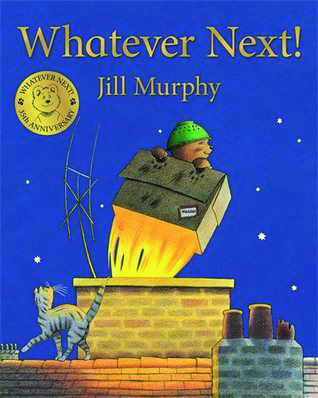 Whatever Next! by Jill Murphy Jo
Whatever Next! by Jill Murphy Jo
Join Baby Bear as he finds a rocket, makes friends with an owl and has a picnic on the moon.
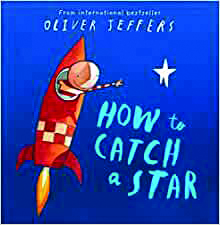 How to Catch a Star by Oliver Jeffers
How to Catch a Star by Oliver Jeffers
There once was a boy who loved stars so much that he decided to catch a star of his very own.
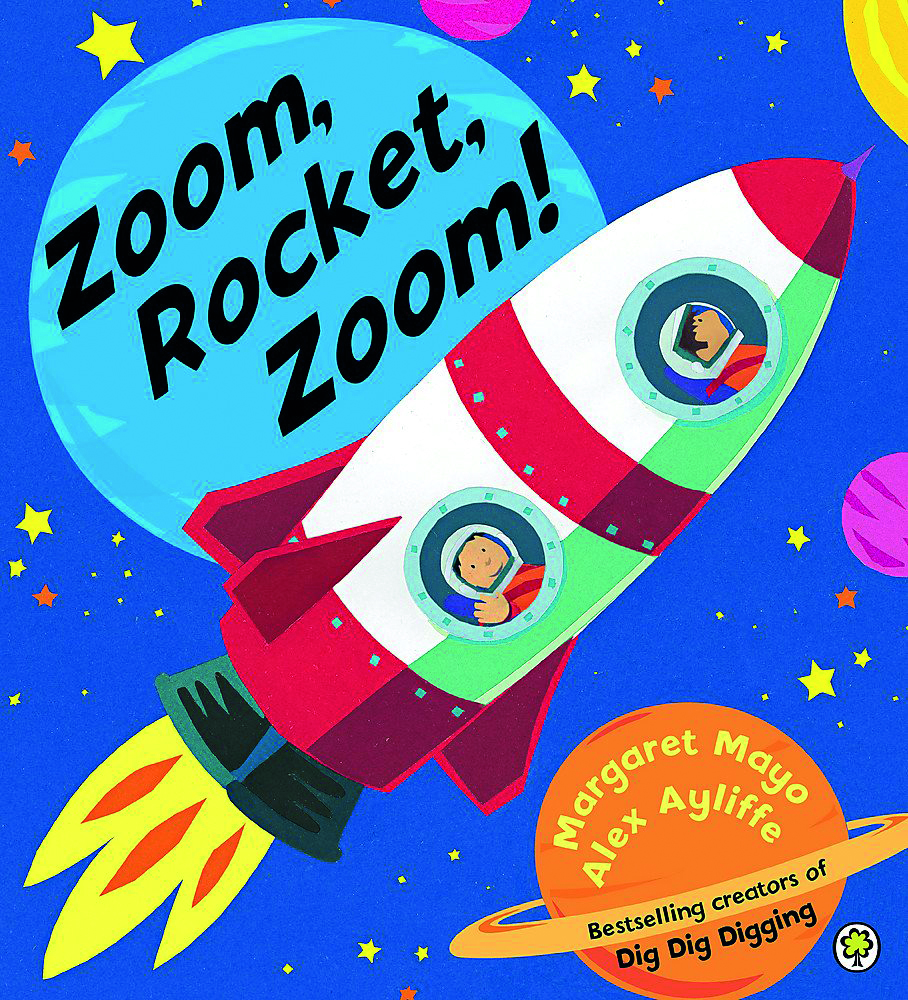 Zoom, Rocket, Zoom! by Margaret Mayo and Alex Ayliffe
Zoom, Rocket, Zoom! by Margaret Mayo and Alex Ayliffe
Go on a fantastic adventure deep into space and discover rockets and moon buggies, robot rovers, satellites and more.
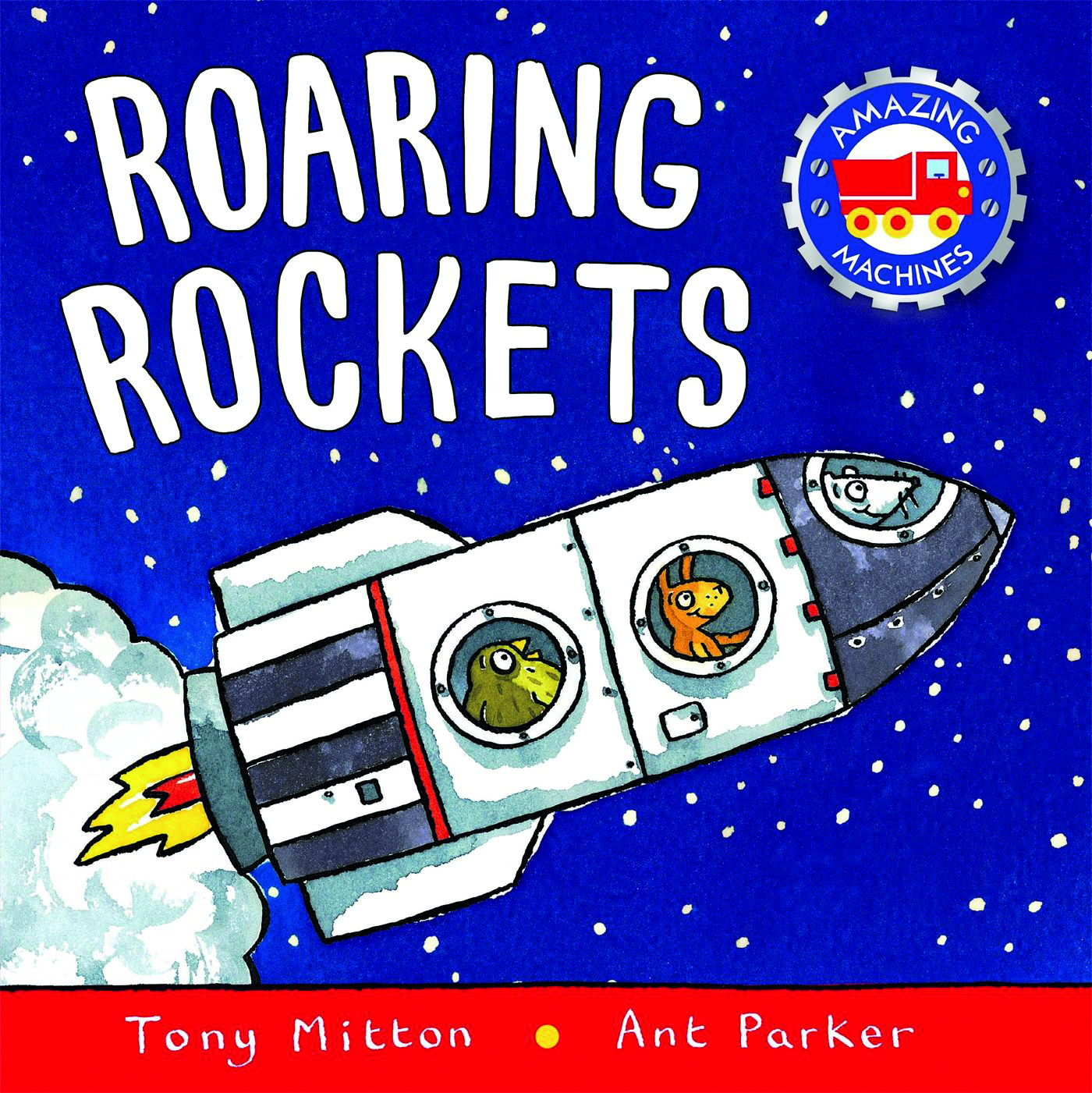 Roaring Rockets by Tony Mitton and Ant Parker
Roaring Rockets by Tony Mitton and Ant Parker
Rockets have power. They rise and roar. This rocket’s waiting, ready to soar.
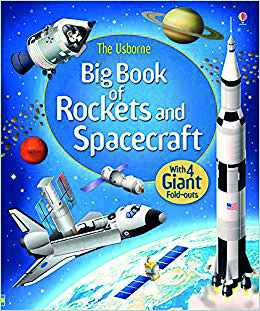 Big Book of Rockets and Spacecraft by Louie Stowell and Gabriele Antonini
Big Book of Rockets and Spacecraft by Louie Stowell and Gabriele Antonini
Learn what it takes to blast off from Earth and discover the powerful spacecraft that explore outer space.
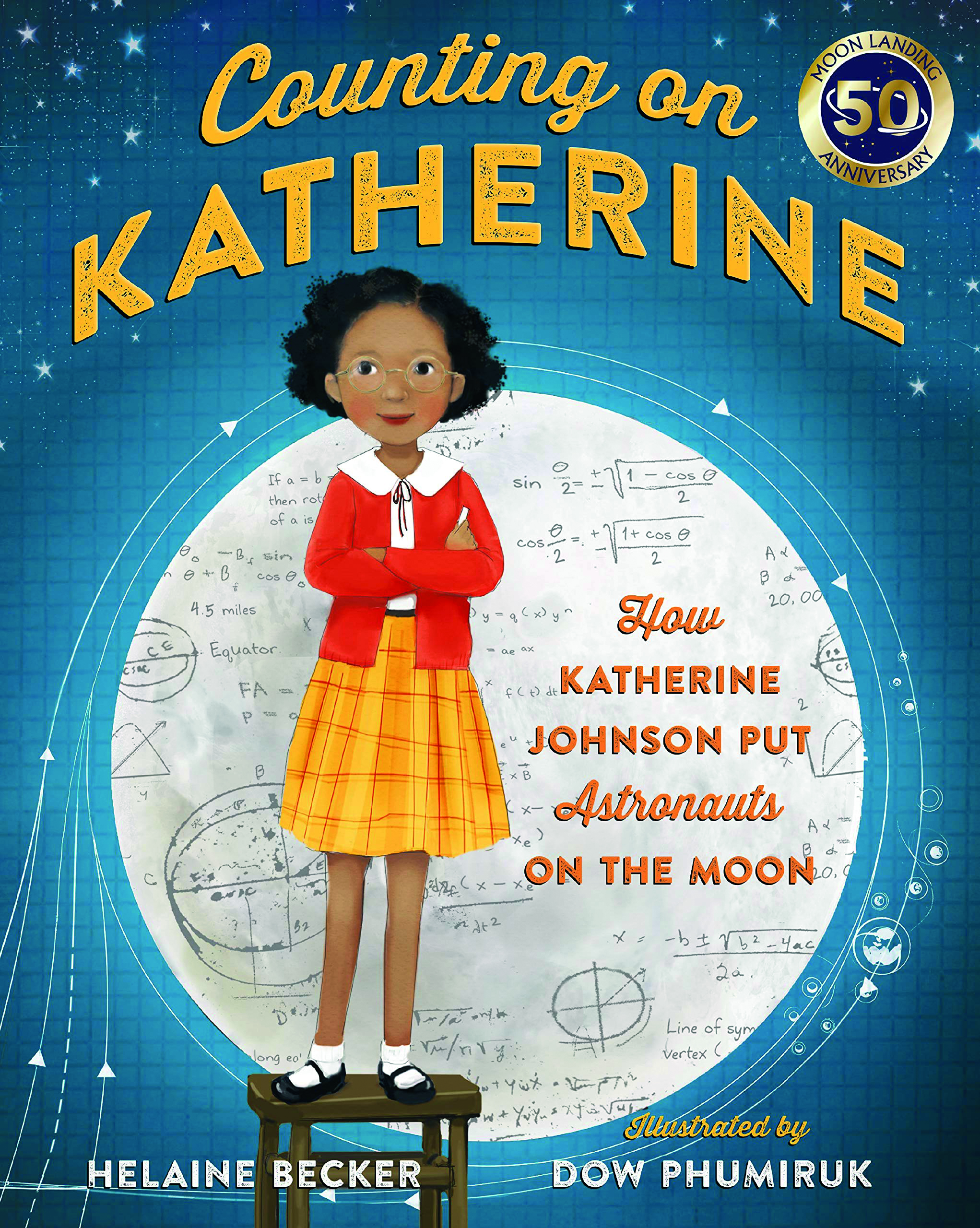 Counting on Katherine: How Katherine Johnson Put Astronauts on the Moon by Helaine Becker and Dow Phumiruk
Counting on Katherine: How Katherine Johnson Put Astronauts on the Moon by Helaine Becker and Dow Phumiruk
The inspirational true story of Katherine Johnson – the mathematical genius who helped save the Apollo 13 mission and get the astronauts safely home.
Early years practitioners Hannah Wilson-Law, Leanne Johnston, Flavia Ribeiro, Hannah Watt, Dianne Scholefield and Liz McCauley collaborated on the project









